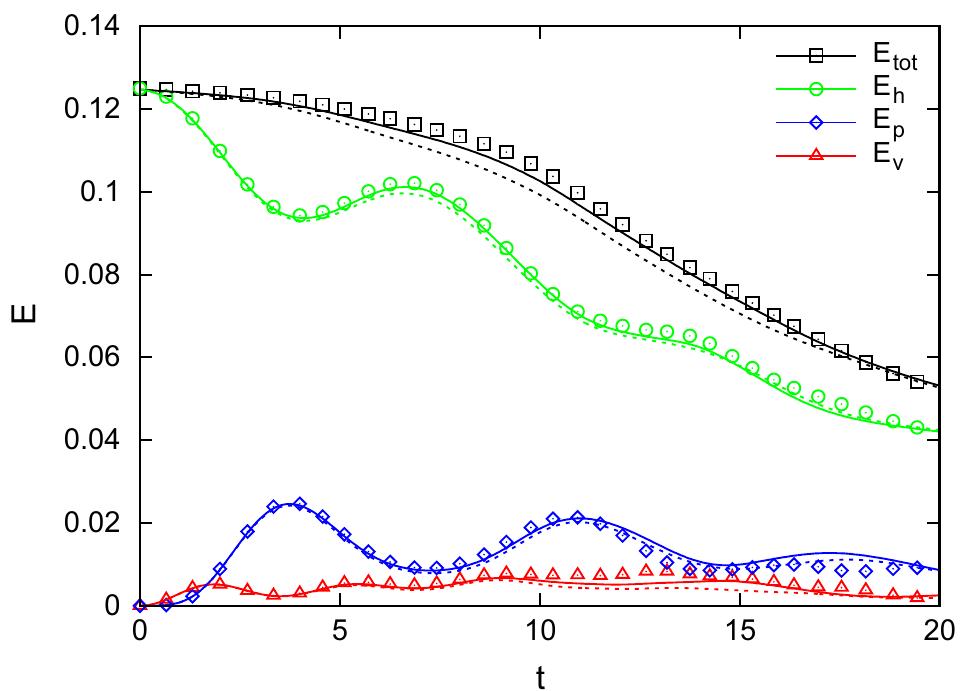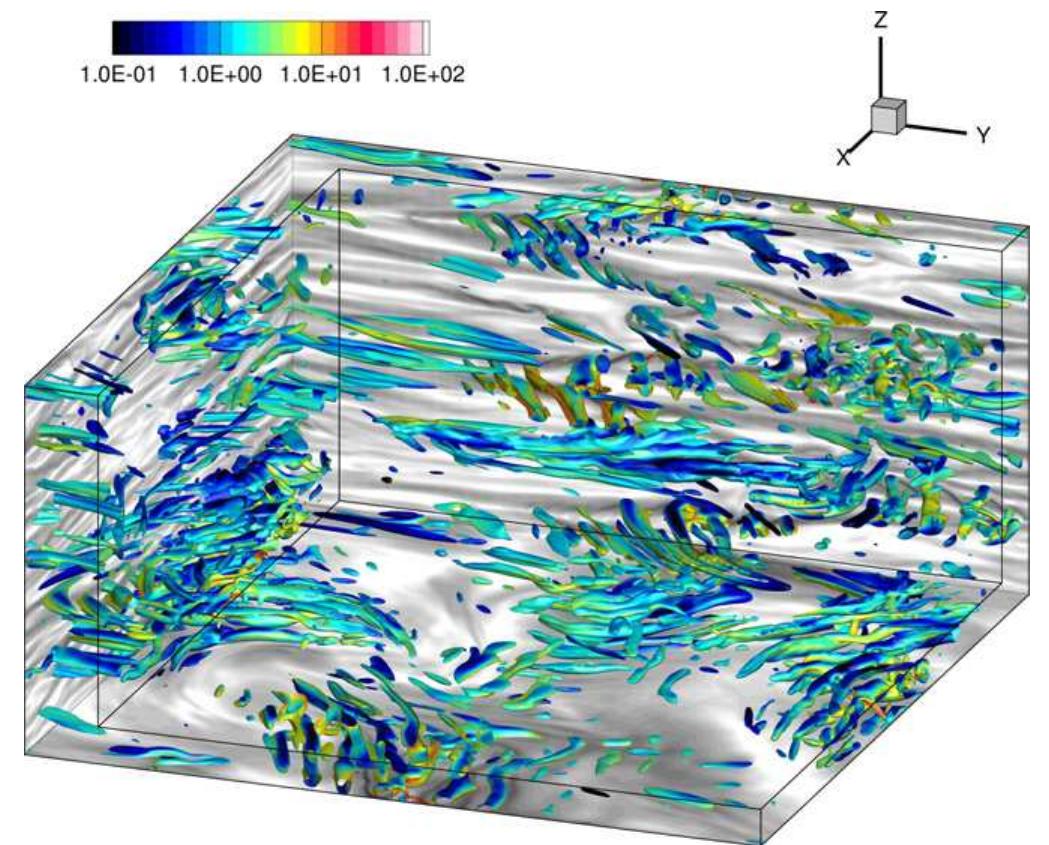Key research themes
1. How is the critical Richardson number and turbulence persistence characterized in stably stratified turbulence?
This research area focuses on understanding the threshold conditions under which turbulence transitions to laminar flow in stably stratified shear flows, specifically characterizing the critical Richardson number (Ri_c). It revisits classical stability criteria, evaluates turbulence survival at high Richardson numbers, and integrates the effects of waves, anisotropy, and internal mixing mechanisms. The theme is fundamental for improving turbulence closure models in atmospheres, oceans, and stellar convection zones.
2. What are the wave-eddy interactions and energy partitioning mechanisms in rotating and stratified turbulence?
This theme investigates the complex dynamics between internal gravity waves and vortical eddies in rotating stratified turbulence. By leveraging direct numerical simulations with varying ratios of Brunt-Väisälä to inertial frequencies and rotation rates, researchers explore the energy cascades, spectral transitions, and scale-dependent partitioning between kinetic and potential energy. Understanding this wave-eddy interplay is essential for characterizing mesoscale and sub-mesoscale atmospheric and oceanic turbulence, improving predictive models for geophysical flows.
3. How are density and velocity fluctuations related in stratified astrophysical and geophysical turbulence, and what implications does this have for observational inferences?
This theme addresses the quantitative relationships between turbulent velocity fields and corresponding density, pressure, and entropy fluctuations in stratified turbulent media, with emphasis on astrophysical systems like the intracluster medium (ICM). It combines large-scale simulations and theoretical modeling to derive scaling laws that connect observable scalar perturbations (e.g., from X-ray or Sunyaev-Zeldovich measurements) to underlying turbulent motions, accounting for stratification, anisotropy, and thermodynamics, thus refining indirect turbulence diagnostics in complex stratified environments.

















